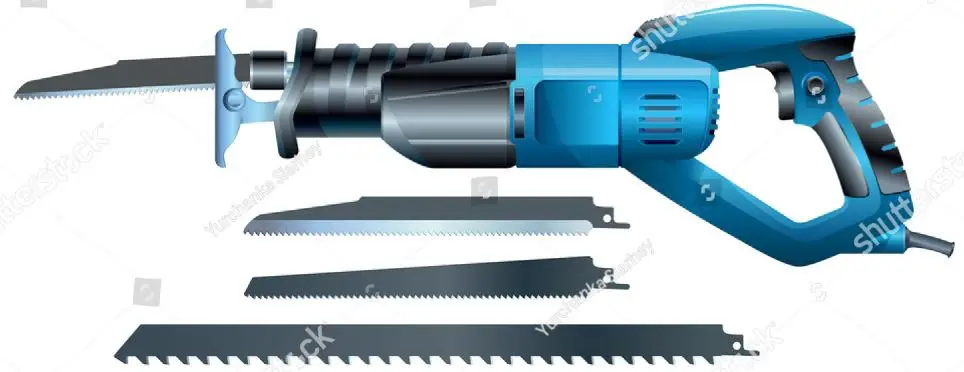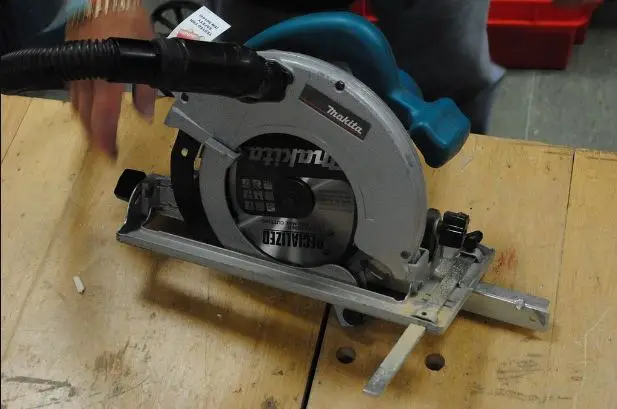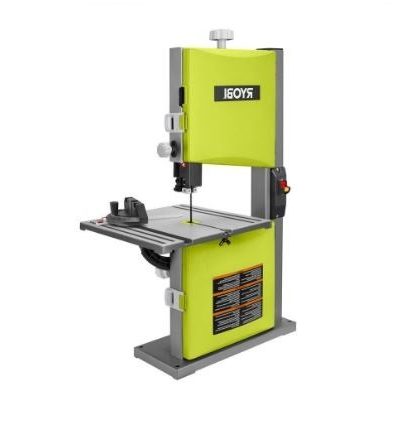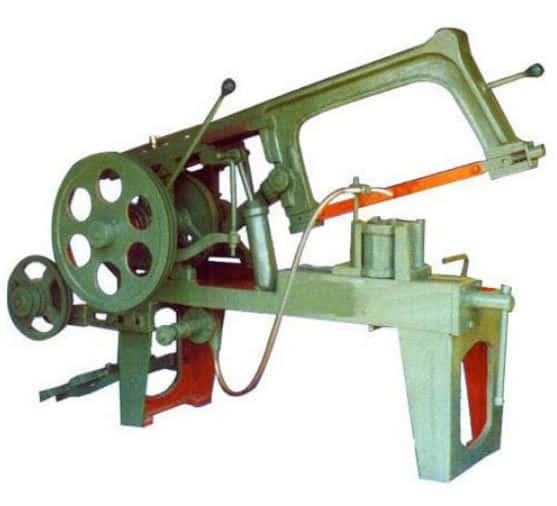In this article, you will learn what are the different types of sawing machine? Working and uses explained with Pictures. You can also download the PDF file of this article at the end of it.
What is a Sawing Machine?
Sawing is one of the most important cutting operations that are performed in a manufacturing plant. Metal sawing is chiefly concerned with cutting bar stock to a convenient length or size for machining.
In sawing, the individual teeth of the saw “track” through the work, each tooth depending on the cut made by the preceding tooth in the feed direction. Either the saw or the work may be fed and, by controlling the direction of feed, either a straight or curved cut can be produced. The width of the cut is approximately equal to the width of the saw itself.
Read Also: What are the Different Types of Fasteners? Their Working & Uses [PDF]
Types of Sawing Machine
Sawing machines may be classified by the motion used for the cutting action. Accordingly, the various types of
Reciprocating Sawing Machine
These types of sawing machines are represented by power hack saws. A power hack saw consists of a saw frame, a means for reciprocating the saw and frame, a work table and
In operation, the machine devices a blade back and forth through a workpiece, pressing down on the cutting stroke and releasing the pressure on the return.

The down-feed force on the blade may be obtained from gravity or springs regulated by a ratchet mechanism, a positive feed screw, or a hydraulic device. The simplest type of feed is the gravity feed, in which the saw blade is forced into the work by the weight of the saw and frame.
A hydraulic or mechanical arrangement is also incorporated for lifting the blade on the return stroke. Many are crank-driven the large ones often are hydraulically driven.
The stock to be cut is held between the clamping saws. several pieces of bar stock can be clamped together and cut at the same time. both square and angular cuts can be made.
#1 Horizontal Sawing Machine
A horizontal saw employs a thin, flexible, continuous steel strip with cutting teeth along one edge. They are typically used to cut metal stock, including angle iron and other round and flat materials. The blade travels horizontally using two pulleys and two independent guides.
#2 Vertical Sawing Machine
Vertical band saws use small fixed saw blades on a flat surface to offer a steady and accurate cutting surface, while many saws are powered by labor or use circular saw blades. The vertical band saw’s blade is a continuous saw with uniformly sized tines along its outer edge.
#2 Circular Sawing Machine
Circular saws are cut by means of a revolving disc. The disc may have large teeth or almost no teeth. Machines of this type are divided into three classifications as given before.

#1 Cold Saw
The cold saw has a circular blade with inserted teeth for cutting small or large bars to length. It cuts very rapidly because of the large-diameter blades, but it runs at a relatively slow speed and is very powerful.
The cut made is very smooth and accurate. Coolants may or may not be used with this type of saw. The average thickness of the cut is 6mm. A clod saw can be equipped with automatic bar feeding mechanisms. The stock is held in a vise capable of handing one or some parts at the same time.
#2 Friction disc
Friction discs are circular blades having almost no teeth. They operate at high speeds and generate heat. The heat of friction softens the metal of the workpiece in contact with the
#3 Abrasive disc
Abrasive discs, as the name implies, are thin flexible grinding wheels. Thin resinoid or rubber-bonded wheels rotating at high speeds are generally used. The cutting action is fast and accurate, but this abrasive-disc cutting is not a true sawing technique.
Don’t Miss Out: 12 Different Types of CNC Machines and Their Working PDF
#3 Band Saws:
In a band saw, a continuous saw blade or band runs over the rims of two wheels, one is which drives the saw at the desired cutting speed.
The work is mounted on the table between the two wheels. In contrast to the reciprocating action of the hack saw which is idle on the return stroke, the band saw is never idle. This continuous cutting action makes the band saw faster. They are mainly divided into two classifications as given before.

#1 Contour band saw
The contoured band saw is the most versatile of all types of sawing machines in the application.
The work may be fed in any direction on the table, and the direction of the feed is readily controlled and changed while cutting is in the process of producing any desired outline. These machines are widely used for making dies for other parts with a contour internal shape.
#2 Friction Band
These types of sawing machines are operated on the same principle as the friction circular saw. The dull blade produces great friction and the kerf of the teeth removes small, softened particles of the work.
Hacksaw Machine

The saw frame rotates around a fulcrum by the saw bow, which is fitted with a saw blade and travels back and forth to feed. The machine tool has a simple structure, a small volume, and low efficiency.
The hacksaw machine has two types of motion tracks for its saw blade: arc and straight. In the arc movement, the saw bow rotates at a tiny angle around a fulcrum, and each saw tooth has a great amount of cutting, making chip removal simple and efficient.
Conclusion
So now, I hope I’ve covered everything about “types of sawing machine“. If you still have any doubts or questions on this topic, you can contact us or ask in the comments. If you like this article then please share it with your friends.
Want free PDFs sitting at home? Then subscribe to our newsletter.
Download PDF of this article:
You might like to read more in our blog:
- Slotter Machine: Types, Parts and Operations [Complete Guide]
- Different Types of Planer Machines and Their Applications
- Drilling machine The complete guide – Its Types, Operations
FAQs
Sawing is used to divide workpieces into two or more pieces, or to remove an undesired segment of a part.
Circular sawing machines can be used to cut a variety of materials, including wood, stone, plastic, or metal.
Power saws are mostly used to cut woods, metal, plastics, and ceramics into lengths. These devices use a blade and motors or engines to cut and shape the material.
Sawing machines can be broadly classified into three types: circular saws, band saws, and hack saws. While they all carry out the same task, these machines differ in terms of their capacity, application, and capability.